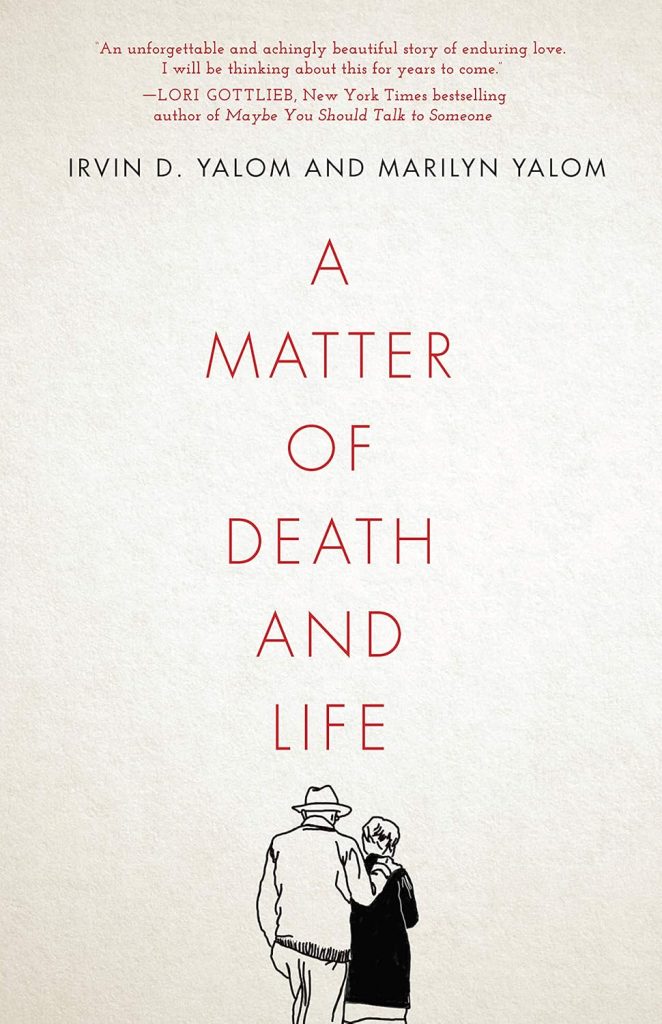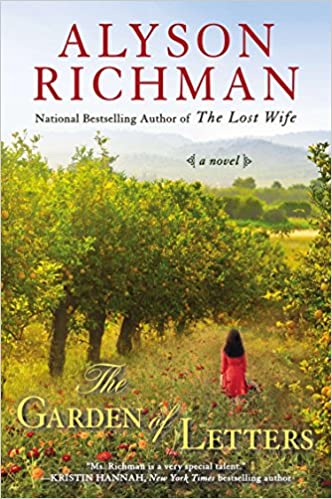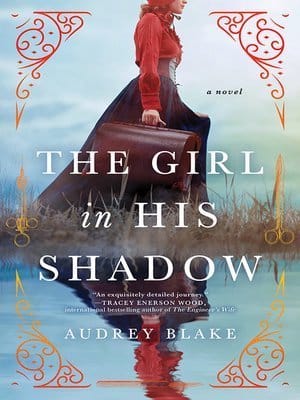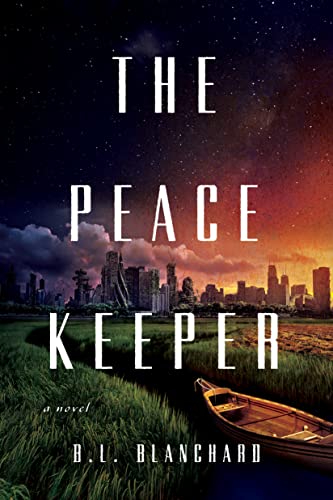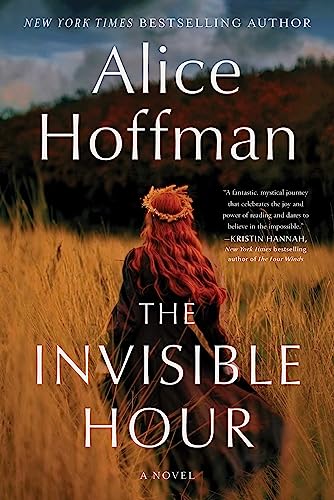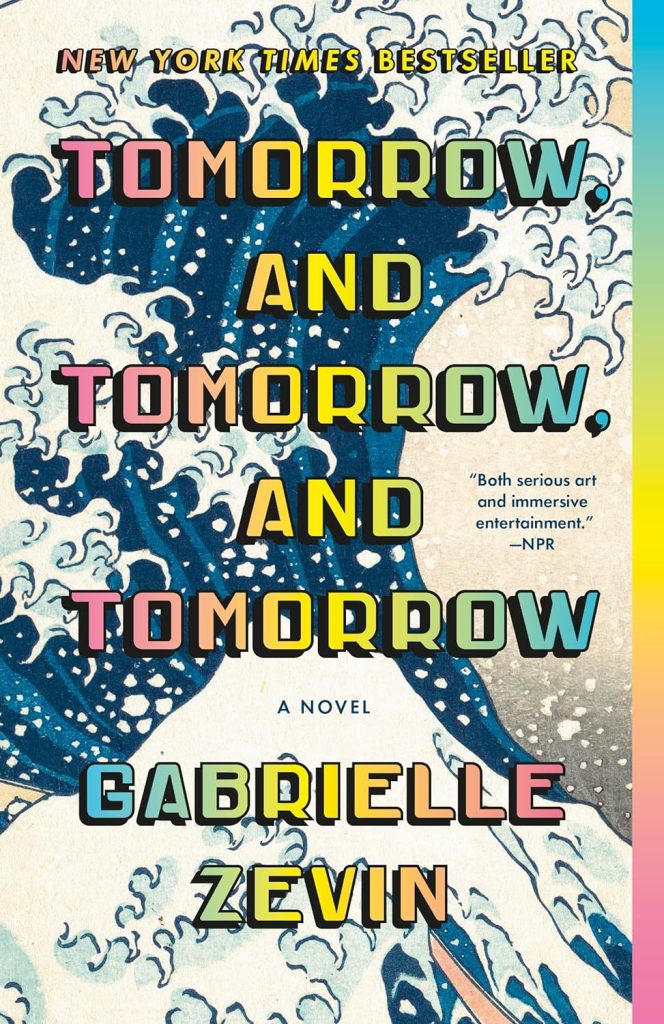
Conjure Women: A Novel
Estimated reading time: 2 minutes, 1 secondConjure Women by Afia Atakora is about a mother and her daughter with a shared talent for healing—and for the conjuring of curses — at the heart of this dazzling first novel. Conjure Women takes place before, during, and after the Civil War. The book is structured around three-time frames; Slaverytime, Freddomtime, and Wartime.
Having grown up in the South and heard far too many stories about the Lost Cause, it was a joy to read a book narrated by two African-American women. The third leading character is the daughter o the owner of the plantation. At the end of the war, she was hidden away for six years and was unaware the South had surrendered.
Conjure Women is a sweeping story that brings the world of the South before and after the Civil War vividly to life. Spanning eras and generations, it tells of the lives of three unforgettable women: Miss May Belle, a wise healing woman; her precocious and observant daughter Rue, who is reluctant to follow in her mother’s footsteps as a midwife; and their master’s daughter Varina. The secrets and bonds among these women and their community come to a head at the beginning of a war and at the birth of an accursed child, who sets the townspeople alight with fear and a spreading superstition that threatens their newly won, tenuous freedom.
Magnificently written, brilliantly researched, and richly imagined, Conjure Women moves back and forth in time to tell the haunting story of Rue, Varina, and May Belle, their passions and friendships, and the lengths they will go to save themselves and those they love.
Since Jan died, I have read many books that I know she enjoyed. We both enjoyed Call the Midwife, and this book focused on birthing and mothering. Although conjuring was their medical care and not the type practiced in poplar by the Midwives, we would both have enjoyed the book.
Conjure Women also raises questions about the meaning of freedom. For example, Rue chooses not to leave the former plantation after the Klan attacks despite being free.
I recommend this book and look forward to reading more from Afia Atakora.
When you buy a book or product using a link on this page, I receive a commission. Thank you for supporting Sharing Jan’s Love blog.


